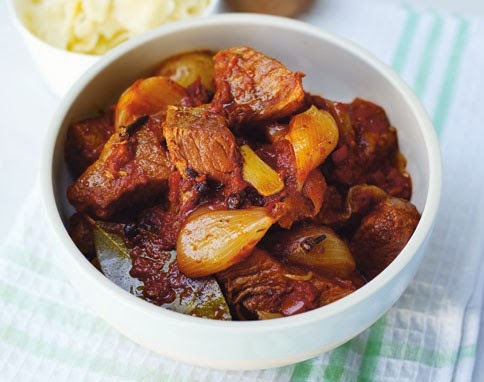What if all it took to improve your running immeasurably was a few minutes of marching in place?
In this day and age of high tech gadgets and technologically advanced footwear, could something so simple be the answer to improved running and decreased injuries? In conducting research for his book Born to Run: A Hidden Tribe, Super Athletes and the Greatest Race the World Has Never Seen, American author and journalist Christopher McDougall came across an out-of-print book, comprised of a collection of runners' biographies, entitled The Five Kings of Distance. Within the book, a reference was made to the 1908 essay entitled W.G. George’s Own Account From the 100-Up Exercise. So who was W.G. George and what was the 100-Up exercise?
Walter Goodall George, a Brit, was the fastest runner of the mile in the nineteenth century, with his record unbeaten for almost thirty years. George invented the "Hundred-Up", an exercise created to perfect his running form. As McDougall writes, “according to legend, this single drill turned a 16-year-old with almost no running experience into the foremost racer of his day...unbeatable over the middle distances in an era before training became scientific”.
The 100-Up is divided into two parts: the minor and the major.
THE MINOR
THE MAJOR
The major is similar to the minor, but performed at a faster speed. In the words of George, "the body must be balanced on the ball of the foot, the heels being clear of the ground and the head and body being tilted very slightly forward...Now, spring from the toe, bringing the knee to the level of the hip...Repeat with the other leg and continue raising and lowering the legs alternately. This action is exactly that of running."
This may look simple but these movements - also known as 'high knees', are an effective way to to improve the strength and endurance of the hip flexors and quads. The exaggeration and repetition of the movement helps to build muscle memory similar to the state of fatigue a runner might experience at the end of a tough workout or a gruelling race.
The most important aspect of the exercise is not the number of repetitions, but rather the form of the movement. If the movement is not carried out correctly, repetition only acts to reinforce poor form. Perfecting the form means concentrating not just on returning each foot to its starting point, but paying attention to arm swing, keeping the core stable and landing close to your centre of gravity on the balls of your feet every single time.
For beginners to 100-Up, it is advisable to start with 20 repetitions - or however many can be performed with perfect technique. Once this has been achieved, work your way up to 100.
So why not give the 100-Up a go and see the difference it can make to your running!
JW
In this day and age of high tech gadgets and technologically advanced footwear, could something so simple be the answer to improved running and decreased injuries? In conducting research for his book Born to Run: A Hidden Tribe, Super Athletes and the Greatest Race the World Has Never Seen, American author and journalist Christopher McDougall came across an out-of-print book, comprised of a collection of runners' biographies, entitled The Five Kings of Distance. Within the book, a reference was made to the 1908 essay entitled W.G. George’s Own Account From the 100-Up Exercise. So who was W.G. George and what was the 100-Up exercise?
Walter Goodall George, a Brit, was the fastest runner of the mile in the nineteenth century, with his record unbeaten for almost thirty years. George invented the "Hundred-Up", an exercise created to perfect his running form. As McDougall writes, “according to legend, this single drill turned a 16-year-old with almost no running experience into the foremost racer of his day...unbeatable over the middle distances in an era before training became scientific”.
The 100-Up is divided into two parts: the minor and the major.
THE MINOR
- Stand with feet about 8 inches apart and arms bent at 90 degrees in a running position.
- Then, raise one knee at a time to hip height, bringing it back down lightly to its original position.
- Repeat this movement 100 times.
THE MAJOR
The major is similar to the minor, but performed at a faster speed. In the words of George, "the body must be balanced on the ball of the foot, the heels being clear of the ground and the head and body being tilted very slightly forward...Now, spring from the toe, bringing the knee to the level of the hip...Repeat with the other leg and continue raising and lowering the legs alternately. This action is exactly that of running."
This may look simple but these movements - also known as 'high knees', are an effective way to to improve the strength and endurance of the hip flexors and quads. The exaggeration and repetition of the movement helps to build muscle memory similar to the state of fatigue a runner might experience at the end of a tough workout or a gruelling race.
The most important aspect of the exercise is not the number of repetitions, but rather the form of the movement. If the movement is not carried out correctly, repetition only acts to reinforce poor form. Perfecting the form means concentrating not just on returning each foot to its starting point, but paying attention to arm swing, keeping the core stable and landing close to your centre of gravity on the balls of your feet every single time.
For beginners to 100-Up, it is advisable to start with 20 repetitions - or however many can be performed with perfect technique. Once this has been achieved, work your way up to 100.
So why not give the 100-Up a go and see the difference it can make to your running!
JW




















































